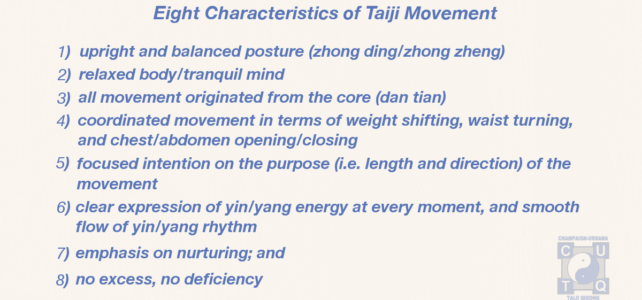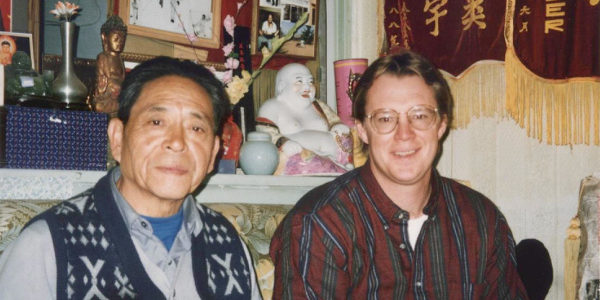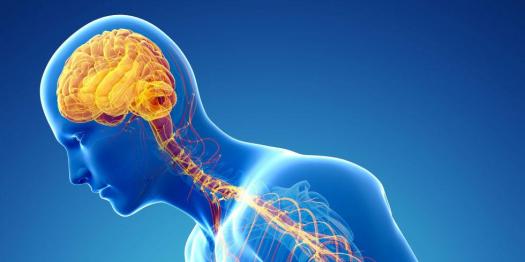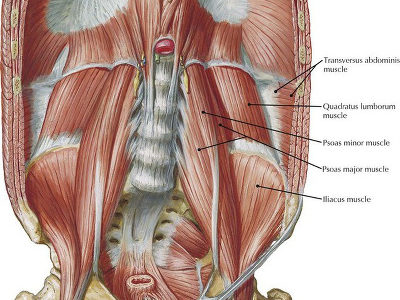In Part I of our article “What’s the Difference?” I listed seven characteristics of taiji (tai chi) movement. Based on questions/comments received, I thought it worthwhile to expound a bit on each of these. The goal here was to make…

Champaign Urbana Taiji Qigong

In Part I of our article “What’s the Difference?” I listed seven characteristics of taiji (tai chi) movement. Based on questions/comments received, I thought it worthwhile to expound a bit on each of these. The goal here was to make…

So what makes taiji taiji? I mean, what is unique to taijiquan, what makes it different from anything else? My 30+ year journey through taiji has paralleled my spiritual journey (and certainly not coincidentally so, as daily meditation is a…

We’ve been posting some rather long and, in some cases, technical articles. I thought here we would strive for brevity while still attempting to convey the essence of taiji (tai chi) practice. What better format, then, than the ‘ole tried…

Only because I was Dr. Yang Yang’s student, I was fortunate to have the opportunity to travel to China on several occasions and to meet privately with his teacher, Grandmaster Feng Zhiqiang, at his apartment in Beijing. On my first…

In Part I we examined the classical saying “power is released from the spine,” noting how flexion of the spine and core strength are integral mechanisms of “internal” power. This could be described as the “yang” of taiji (tai chi)…

I realized we are four articles into our blog, and have not yet addressed any technical aspects of form. So let’s now take a look at physical mechanisms of taiji (tai chi) movement. There are two primary physical mechanisms of…

New! Listen to an AI generated podcast summary and discussion of this article . . . The duality of complementary opposites, termed yin and yang in Chinese philosophy and symbolized in the taiji diagram, is a fundamental reality of nature…